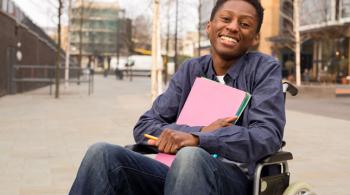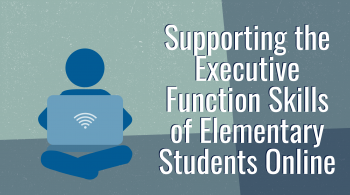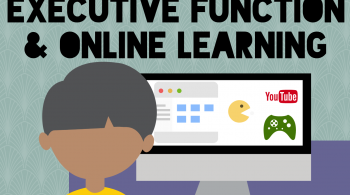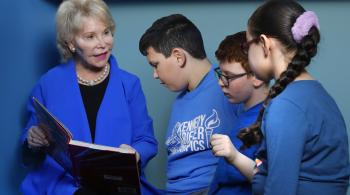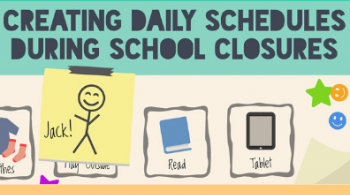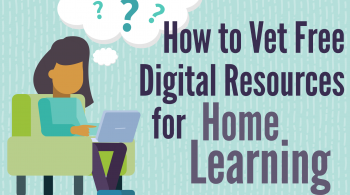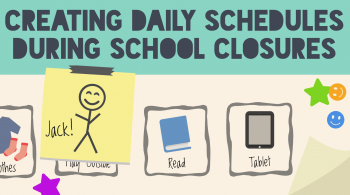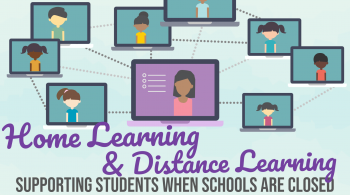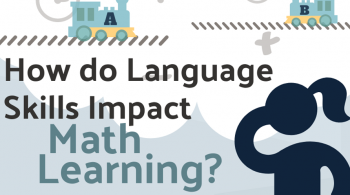By Lisa B. Carey
October 18, 2016
A classroom that supports positive behavior can be a huge support to all students, but can be particularly meaningful for students with emotional or behavioral disabilities. We’ve rounded up some digital resources for positive behavior support and coping skills strategies. While the techniques and resources listed here won’t replace the need for an individualized behavior intervention plan, they can provide a calmer setting in which all students feel more at ease and confident in expectations.
Positive Behavior Support Strategies
- The Good Behavior Game is an evidence-based group contingency plan that supports student on-task behavior. This video of the game being played in the classroom will help you conceptualize what the Good Behavior Game looks like in action. The game is best used during whole group activities when you need to reduce specific off-task or disruptive behaviors.
- Sometimes just quieting a class can be a challenge. Frustrated teachers might be tempted to yell, but this can further fan the flames with an unruly bunch of kids. Edutopia offers a quick guide to techniques for quieting a noisy room.
- Many schools use Positive Behavior Interventions and Supports (PBIS) to support school-wide behavior. PBIS is a three-tiered system that moves from supports designed for all students, to supports designed for students in need of more specific interventions. If your school uses or is considering using PBIS, you can quickly get up to speed with the Maryland Learning Links PBIS 101 tutorial. There is additional information available about tier 1, tier 2, and tier 3 supports. Need some additional ideas for interventions at each tier? Check out PBIS World for interventions that match the functions of behaviors.
Coping Skills and Strategies
- Would you like to teach your students mediation and conflict resolution skills? You might want to investigate Restorative Practices. Restorative practices are used throughout the world to support classroom and school cultures that are conducive to avoiding and resolving conflicts through community.
- Teaching students to label their emotions and identify possible strategies for dealing with negative or anxious feelings is a great first step in teaching coping skills. Direct Behavior Ratings (DBR) is a technique that can serve as an assessment, intervention, and communication system all rolled into one. This guide from the University of Connecticut helps you understand the process and provides quick examples and tools for getting started.
- Mood Meters are coordinate planes that graphically represent mood. The Yale Center for Emotional Intelligence offers this great guide to using Mood Meters to teach children about identifying emotions and linking them to proactive strategies. There is also a Mood Meter app available for android and iOS, though it is not currently free to educators or students. Some teachers have created Mood Meter charts in their rooms and use them in the place of color behavior clip charts. This strategy allows students to self-identify their emotional state and receive support in identifying pro-active strategies to ensure that they are ready for learning. Some strategies, such as mindful breathing to deal with stress or dancing to improve mood and energy levels, can be supported by activities on the free teacher site, Go Noodle.
These resources can help you to better support positive behavior in your classroom, while providing a more comfortable setting for students with emotional or behavioral disabilities.


